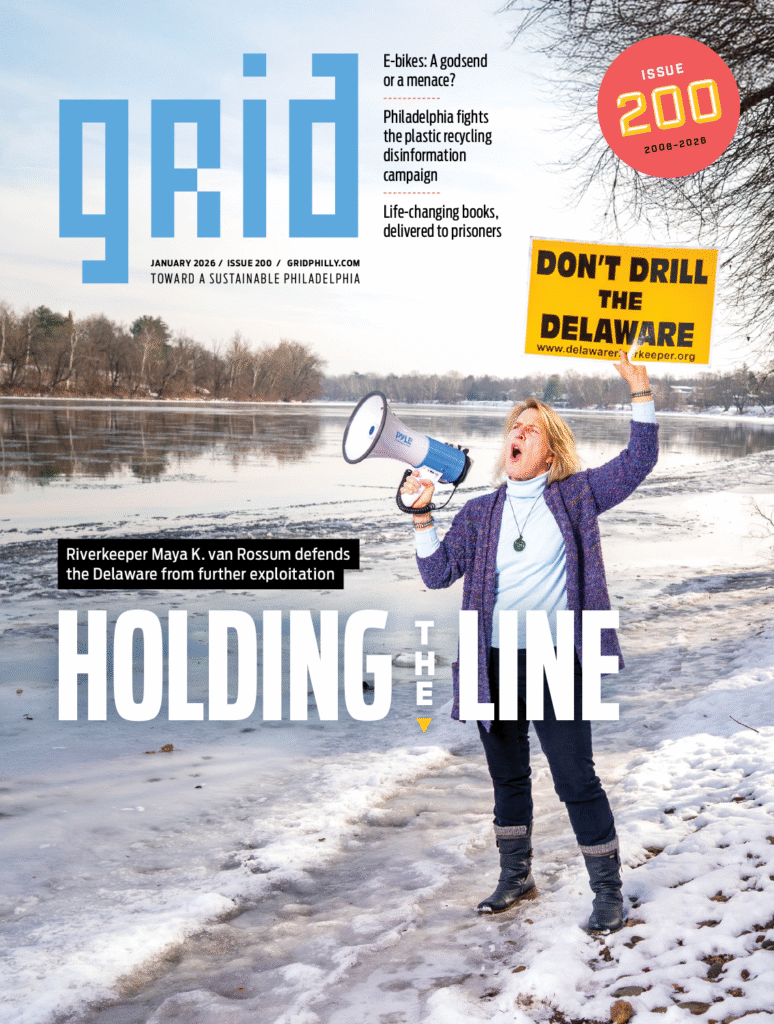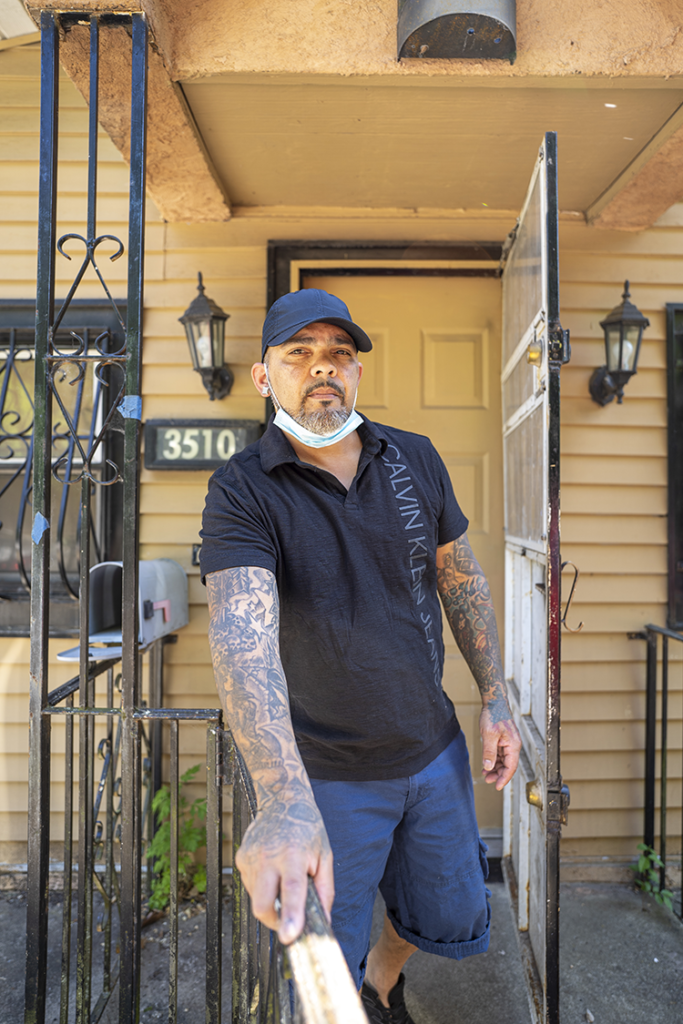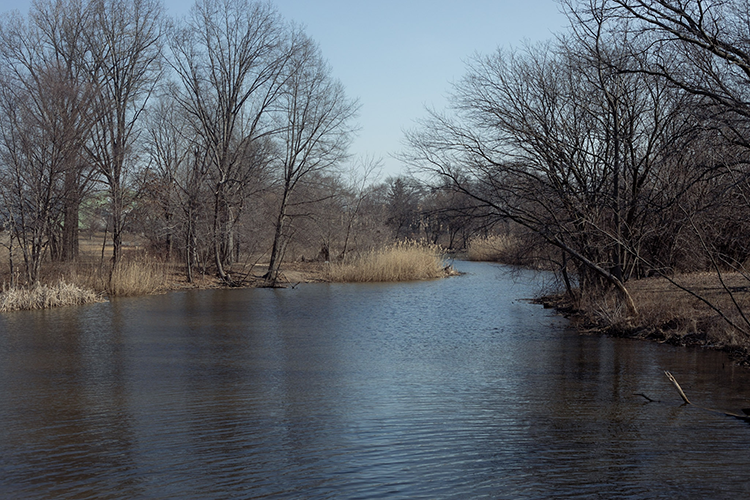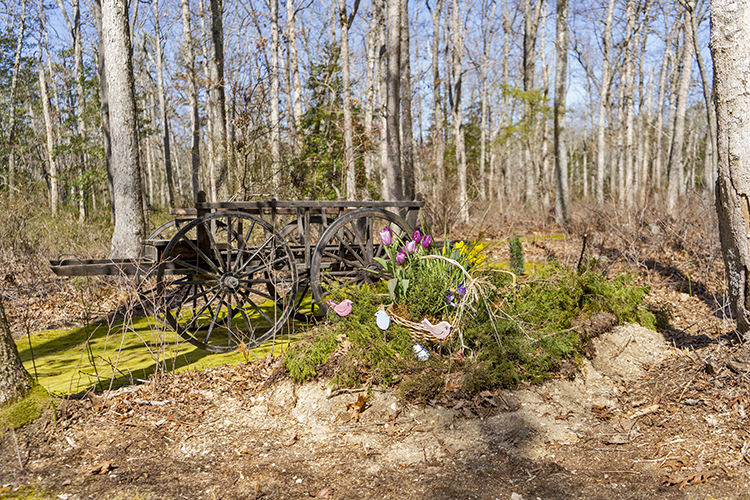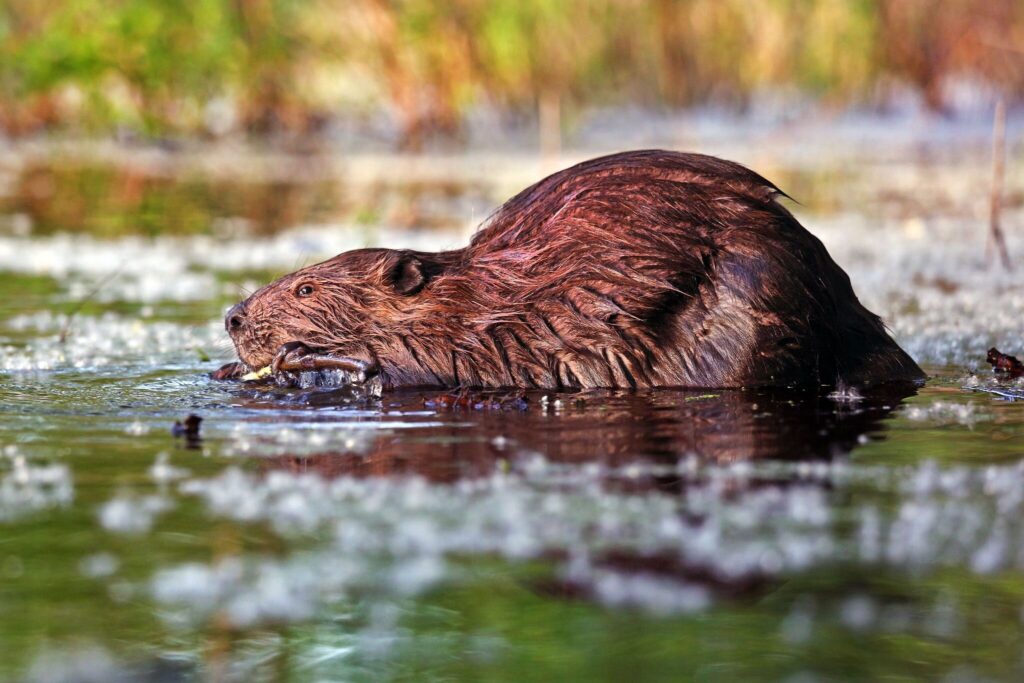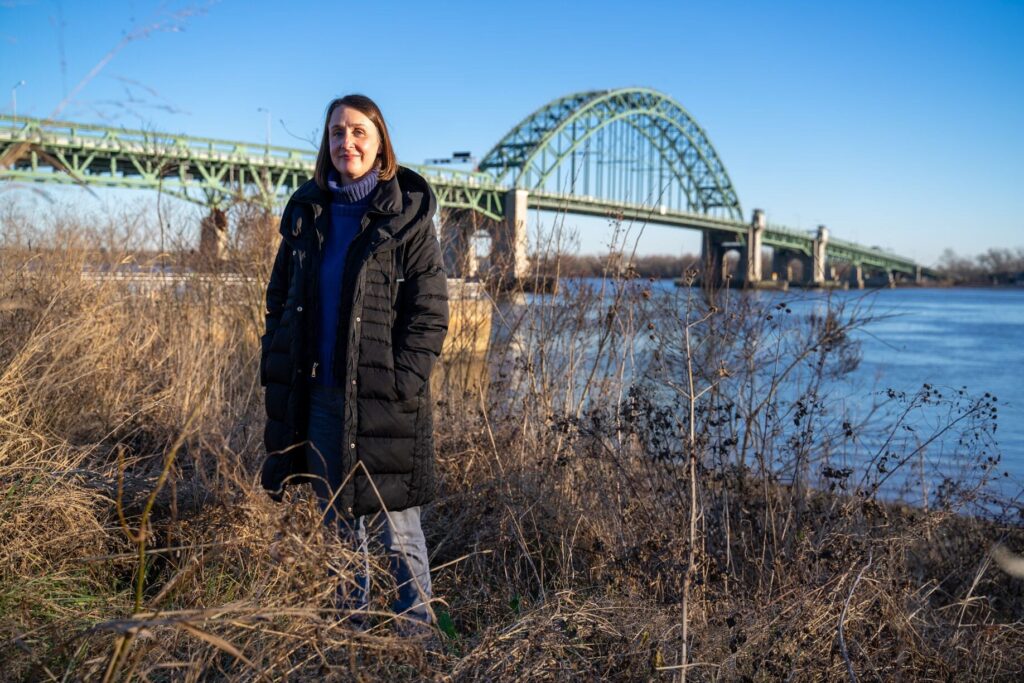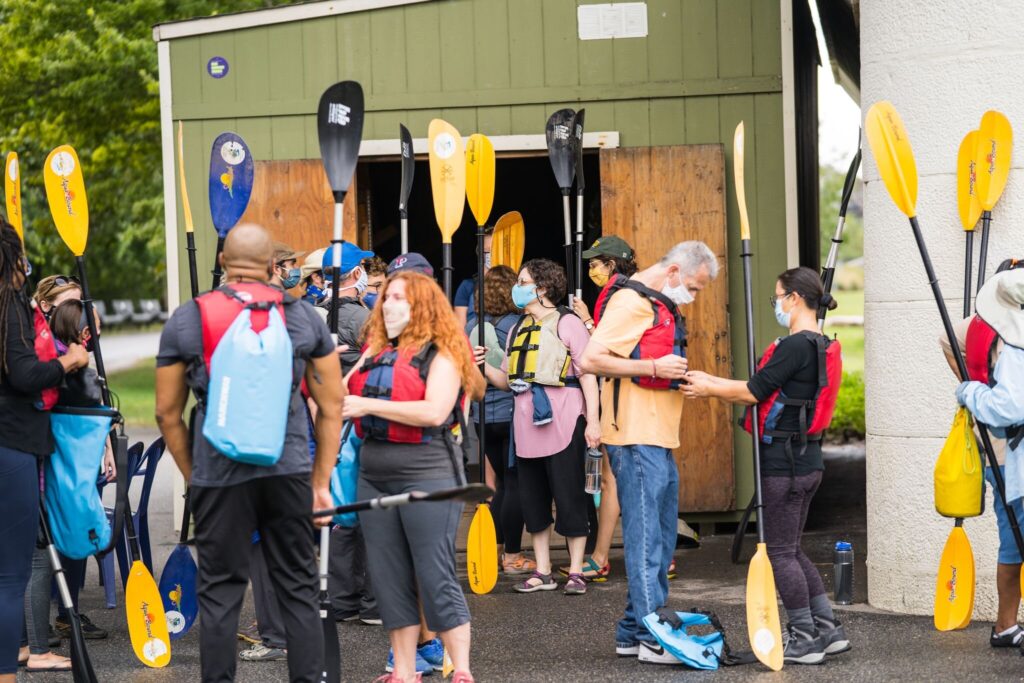Delaware Riverkeeper Maya K. van Rossum always knew 45 feet was a stopping point on the way down to 50. As head of the Delaware Riverkeeper Network, she led a three-decade battle against the Port of Philadelphia’s plan to deepen the Delaware River’s main shipping channel. Despite environmental concerns and a lengthy lawsuit, the project
MoreIt was flooding in the Ablett Village public housing development in Camden’s Cramer Hill neighborhood. It had rained overnight from Saturday, April 24, into Sunday, April 25, and that brought water that pooled in driveways and on the sidewalks running between the area’s long, two-story brick apartment buildings. This is not at all unusual, according
MoreThis is the first time I’ve ever cracked open a beer as I started an article. It’s a Delco Lager from 2SP Brewing Company: a bit malty and quite drinkable, good for a warm spring day. At 4% alcohol by volume (ABV), the buzz shouldn’t interfere with writing (you be the judge). The alcohol isn’t
MoreWhen I was a kid—we’ll call this long ago time “the ’70s”—seatbelts hung unused while Mom’s arm reached across our bodies any time our car came to a sudden stop. Beer and soda were packaged in aluminum cans and had what was called a “pull-tab,” or “ring-tab.” You would put your finger through the ring
MoreOn a trip to the Meadows at FDR Park at the end of last summer, we got our feet wet. The Meadows is a repurposing of the recently closed golf course at the South Philadelphia park. What were once fairways are now green spaces for play, short-term art installations and homes for wildlife. We were
MoreDan Lavin returned from his friend Chuck’s wake feeling troubled. Lavin and his now-deceased husband had met Chuck and his wife in a support group for people with cancer. “Chuck was a really sharp-witted, spitfire kind of guy,” Lavin says. In the throes of his illness, Chuck bought a Corvette with a license plate that
MoreI love food. I feel like I need to say that because last month we did a vegan issue and I wrote a diatribe about Facebook’s failure to recognize that they are publishers, and how they shirk their responsibilities to society. Since publication, I’ve tried Vannah Banana’s vegan ice cream and it is delicious. This
MoreOf course the toothy mascot on Chris Muller’s bright orange cap is a beaver. “Oregon State,” he explains. I should have known. We are meeting up on Martin Luther King Jr. Drive at the Fairmount Dam, where we could talk while admiring the view—not of the Philadelphia Museum of Art, the Fairmount Water Works or
MoreSometimes referred to as the “voice of the Delaware River,” Maya van Rossum has served as the Delaware Riverkeeper since 1994. To her, protecting the watershed has always been deeply personal. She grew up in the Philadelphia suburbs and returned to the area after law school to protect the Delaware and its tributaries. Van Rossum
MoreTwo beavers sat in the shallows of the Delaware River eating breakfast as I met Jim Fries, project manager at Riverfront North Partnership, for a tour of the living shoreline at Lardner’s Point Park in Northeast Philadelphia. True to their reputation, the large rodents busily stripped the bark off branches they had clipped from willows
MoreSome classrooms keep guinea pigs or guppies as pets, but last year at Cook Wissahickon School in Roxborough, sixth-graders tended young freshwater mussels. “The students feed them and then, when they reach a larger stage, the Fairmount Water Works will place them in a creek,” says Jose L. Ramos, a middle-years reading and English language
More

